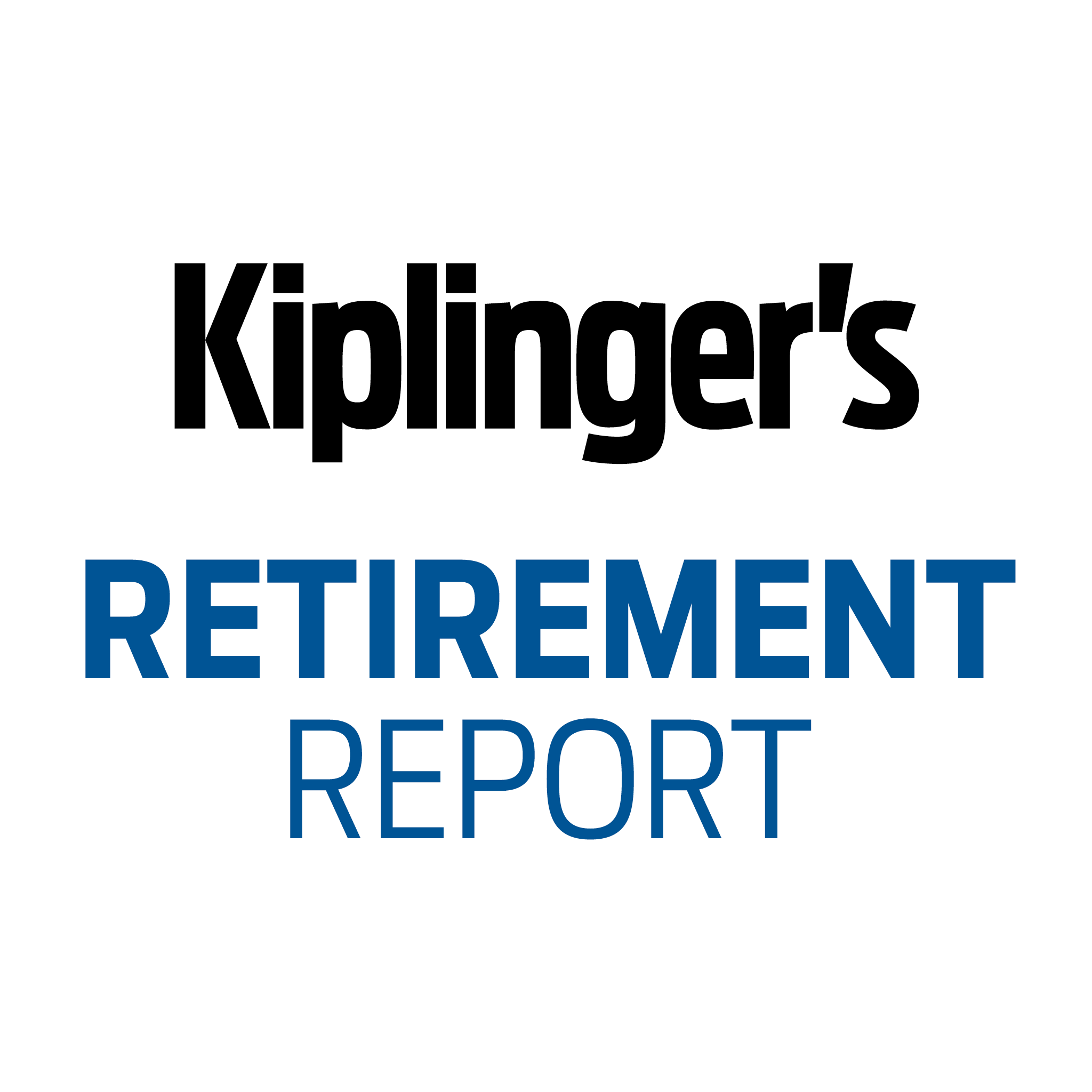Shifting from building wealth for retirement to distributing wealth during retirement involves considering preferences related to your life and money. Those factors can include your risk capacity, risk tolerance, lifestyle preferences, longevity, needs, diversification and tax location. Retirement planning happens in stages, with a pre-retirement stage occurring over three to five years during which you begin adjusting your mindset, lifestyle and investments to fit your next stage.
(If you have additional questions about investing or retirement, this tool can help match you with potential advisors.)
How to Structure Your Portfolio
The structure of your retirement portfolio should reflect your needs, lifestyle, risk tolerance and capacity, and financial resources. Diversification across tax location, investment type, time horizon and goals will help optimize your retirement portfolio.
Start by assessing your “sleep-well-at-night meter.” Your risk tolerance may or may not match the risk you need to maintain purchasing power and growth. Maximizing for factors such as growth can help you meet your longevity and medical expense needs.
Second, select fundamental investments that meet your foundational lifestyle needs, commonly called your core portfolio. For example, three to four low-cost, diversified index or exchange-traded funds (ETFs) may suit your core portfolio across equities, bonds and domestic and international investments.
Your market equity participation will depend on how much guaranteed income coverage you have from resources such as Social Security and your risk tolerance.
If you have the capacity and resources to accept volatility and risk for potential additional growth opportunities, consider adding speculative assets to your portfolio, such as gold and cryptocurrencies, and take advantage of bear market corrections.
Let’s dive a bit more into each of these categories of lifestyle and risk considerations. (If you have additional questions about investing or retirement, this tool can help match you with potential advisors.)
Longevity
Although Americans’ average life expectancy has taken a hit in recent years, they still enjoy long retirements by historical standards. The average life expectancy is approximately 80 years for women and 74 for men, respectively, according to the Centers for Disease Control and Prevention. These are averages, meaning retirement can span 25 to 35 years. Longer time spent in retirement requires more funding, and more funding requires a balance of conservation and growth.
If your investment selections are too conservative, they may not provide the growth necessary to accommodate your potential longevity. Consequently, if selections are too aggressive, there is a risk of poor extended performance contributing to a longevity shortfall. (If you have additional questions about investing or retirement, this tool can help match you with potential advisors.)
Lifestyle Needs and Preferences
Your needs and lifestyle preferences are essential when considering investment choices. If your lifestyle preferences require higher levels of funding, your investment selection may orient more toward growth.
You may have travel aspirations, be philanthropic, have wealth transference goals and have higher daily lifestyle standards, all of which require a tilt toward growth. Contrarily, more reserved lifestyle preferences will shift your investment selections toward a more balanced, conservative growth approach.
Fundamental care and needs must be met during retirement. Medical expenses during retirement and long-term care support and services toward the end of life are expensive. These services require a combination of public or private insurance protection with private funding supplements.
Medicare supports a vast amount of medical care beginning at age 65, yet it leaves gaps in coverage that require money. If long-term care insurance has been purchased approaching 65, premiums are expensive, meaning self-funding. Current and long-term care coverage, need and resources will influence portfolio construction. (If you have additional questions about investing or retirement, this tool can help match you with potential advisors.)
Risk Capacity and Tolerance
Risk capacity is your ability to take investment risk, and risk tolerance is your willingness to take that risk. Both forms of risk evaluation will influence your retirement planning and the structure of your retirement portfolio. When considering risk capacity, you must consider your other available financial resources, which affect your risk tolerance.
Other financial resources such as Social Security and a pension, private annuity, or income streams from real estate properties will factor in how much risk you can accept in your market portfolio. For example, Social Security, pensions and private annuities are guaranteed income streams that fund a certain percentage of essential lifestyle needs over time.
The presence of fixed resources reduces the retirement funding need with additional market resources. It increases the risk capacity you can accept to foster growth in your portfolio to combat inflation and longevity risk. Furthermore, you may not need to replicate income types in the market if abundant resources mirror income.
Risk tolerance also includes your emotional ability to sleep well at night during periods of market volatility. The economic and financial markets are cyclical and fluctuate. While additional risk could foster more growth opportunities, more risk also welcomes more volatility during hostile market times. Growth allocation is not to be feared. However, it is to be accounted for both economically and emotionally.
Bottom Line
The structure of your retirement portfolio will depend on your risk tolerance, needs, lifestyle and other factors. Consider evaluating those considerations as you approach portfolio design.
Tips for Finding a Financial Advisor
- Finding a financial advisor doesn’t have to be hard. SmartAsset’s free tool matches you with up to three vetted financial advisors who serve your area, and you can interview your advisor matches at no cost to decide which one is right for you. If you’re ready to find an advisor who can help you achieve your financial goals, get started now.
- Consider a few advisors before settling on one. It’s important to make sure you find someone you trust to manage your money. As your consider your options, these are the questions you should ask an advisor to ensure you make the right choice.
Receive Updates
Show Sponsors
The discussion is not meant to provide any legal, tax, or investment advice with respect to the purchase of an insurance product. A comprehensive evaluation of a consumer’s needs and financial situation should always occur in order to help determine if an insurance product may be appropriate for each unique situation.
 That Annuity Show
That Annuity Show


















Recent Comments